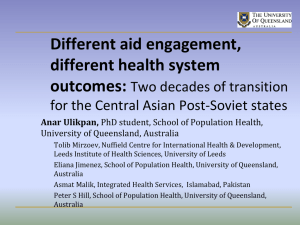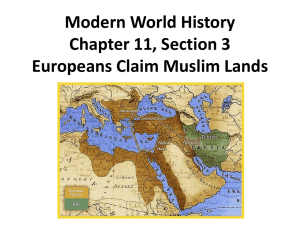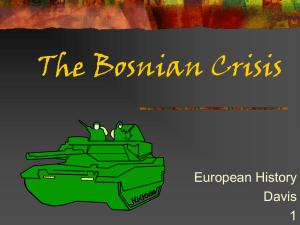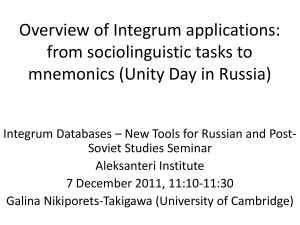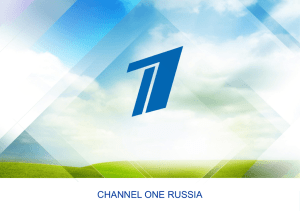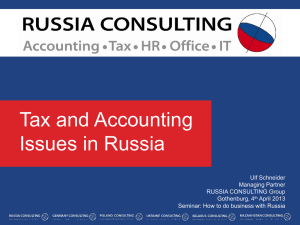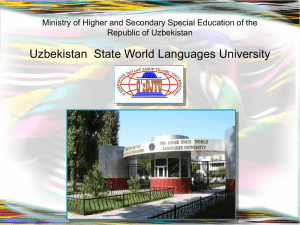Central Asia and Its Neighbors
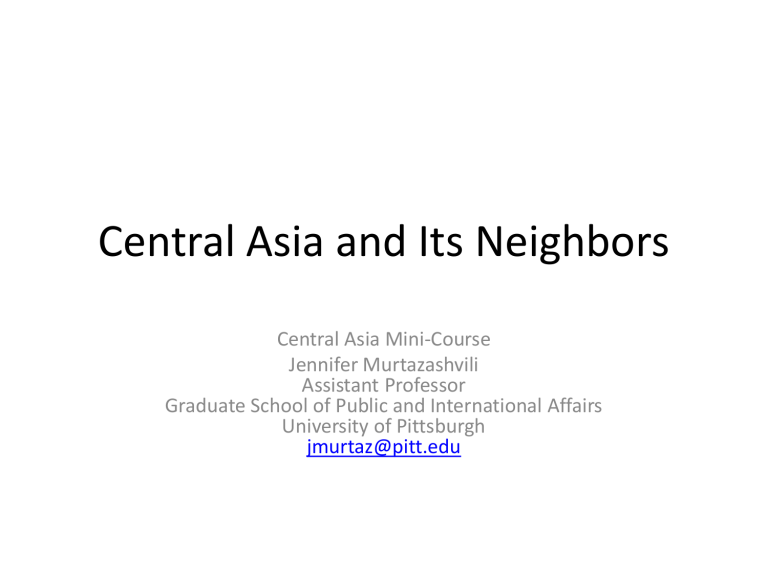
Central Asia and Its Neighbors
Central Asia Mini-Course
Jennifer Murtazashvili
Assistant Professor
Graduate School of Public and International Affairs
University of Pittsburgh jmurtaz@pitt.edu
Overview
• Regional multi-polarity No single powerful influence
– Has raised the costs for the United States
• China has emerged as the economic power in the region
• Russia has sought to maintain its influence
• US/European strategy driven by Afghan War
Where is Central Asia?
Where is Central Asia?
Where is Central Asia?
Questions
• How to define Central Asia?
– Levi – Nau Roz
– Roy/Barfield – area of Turco-Persian civilization
– Heathershaw and Megoran – Place of Danger?
• Obscure, Oriental, Fractious
• Definition matters: Which bureau is responsible for Central Asia in the U.S.
Department of State?
Region of Contrasts
– Mountains vs. valleys
– Egalitarian vs. hierarchical
– Turkic vs. Persian
– Urban vs. Rural
– Settled vs. nomadic
– Sunni vs. Shia
– Rainfed vs. irrigated
– Tribal vs. non-Tribal
– Desert vs. sedentary
Languages and Population
• Before the 1920s the region never had a state created that was associated with a linguistic or ethnic group
– Place of dynasties
• Important role of Persian language
– Turkic/Pashto and other languages were vernacular,
Persian was written
– Samarkand, Bukhara
– Chitral maintained Persian until 1962
• Bolshevik rise -> Persian decline
Confluence of Empires
• Empires not an expression of ethnic identity
• Persian speakers have been in the region longer than any group
• Slow expansion of different groups
• Turkic and Mongol Tribes
– 5 th Century
• Russia
– 1480 Ivan III freed Russia from Mongol Yoke
– 1868 conquered Samarkand
– 1920s – Establishment of Soviet authority
Former Soviet Central Asia
• Kazakhstan, Kyrgyzstan, Uzbekistan, Tajikistan,
Turkmenistan
• Soviet and Russian legacy
• Recently independent
• Defined by titular ethnic group
• Soviets established strong administrative presence in each republic
How Does Central Asia Matter to Its
Neighbors?
• Gains
– Trade and commerce
– Energy
• Potential dangers posed by
– Conflict
– Refugee flows
– Crime/narcotics
– Terrorism
• Potential sources of rivalry involving the West, Russian, and China
• Absence of a regional hegemon
Dimensions of Trade
Russian-Central Asian Relations
Russia
• 1990s – Russian CA policy in disarray
– Russian influence remained weak
– A spoiler?
• Western, Chinese, Iranian investment in CA also upset Russian monopoly
• 1999 – Putin - development of the
Commonwealth of Independent States a foreign policy priority
• Trade relations skyrocketed since 2003
Russia
• Perceptions of Russia in region mixed
– A necessary evil?
• Russia approved establishment of US airbases in the region – initially
– Used 9/11 as a reason to increase its own influence
• Fear of Islamic radicalism brought CA back into Russian sphere of influence
• Domestic crises in CA have strengthened Russia
– Uzbekistan and Turkmenistan remain suspicious
• Cultural influence
• Labor migration
China-Central Asia Relations
China
• China has emerged as the leading economic power in the region
• Influence not easy to characterize
– Private investment, government assistance
– Wide range of economic instruments: loans
• China single largest creditor to Tajikistan
• Building infrastructure in the region to promote trade
• Outstanding territorial disputes
China
• Interest in CA focused on:
• Security interests
– Uyghur separatism
• Trade and investment
– Extractive industries, telecom, infrastructure
• Hydrocarbon supplies
– Increased imports
• Central Asian leaders admire Chinese model
Shanghai Cooperation Organization
(SCO)
• Began as Shanghai Group in 1996
• Members include Russia, China, Kazakhstan,
Kyrgyzstan, Uzbekistan, Tajikistan
• Anti-Western bloc?
• Based on common security concerns
• Divergent national interests raise challenges
• CA and Russia fear Chinese domination
• Russian interests still dominate the region
Central Asia-China Trade
US-Central Asian Relations
• Post-USSR collapse, relations focused on:
– Market reform (“shock therapy”)
– Democracy promotion
• Sought to orient CA republics towards US
– Move them away from Russia
• Kyrgyzstan was an earlier reformer
– “Island of democracy”
– Received vast assistance; US happy to take credit
– US assistance backfired when political instability rocked the country
Distribution of US Assistance to CA
United States
• US does not seem to have a post-2014 strategy in Central Asia
• The region will not be a priority
• Prior to 9/11 – US sought to limit/balance
Chinese and Russian interests in the region
– China and Russia integrate CA into the global economy
United States/NATO Post 2001
• Relations with Central Asia have revolved around
Afghanistan
– Karshi-Khanabad (K2) in Uzbekistan
– Manas Airfield in Kyrgyzstan
– German air contingent in Termez, Uzbekistan
– French air contingent in Dushanbe, Tajikistan
• Transport route in an out of Afghanistan
• Little focus by the US on indigenous issues
• Northern Distribution Network (2009)
– Alternative to Pakistan
Northern Distribution Network
• Pakistan shut off Torkham route into Afghanistan for US supplies for seven months
– Pakistan flirted with China
• Increased urgency for NDN
• Each container costs ISAF/NATO $17,500 to transit through NDN
– Only $7,500 through Pakistan
• Collectively, four CA countries receive $500 million annually in transit fees
• 2012 signed reverse route agreement
From CA to Afghanistan
• Five CA republics have participated in development projects in Afghanistan
– Kazakhs have actually contributed its own funds
– $8 million in bilateral assistance; student training
• Uzbekistan
– Uzbek state railway constructed line from Hairaton to Mazar-e Sharif
• Gives Afghanistan its only rail line to the outside world
• Uzbekistan would like to boost this rail line across
Afghanistan to boost exports to South Asia
Ethnic Groups in Afghanistan
Pakistan
• Dual strategy in Pakistan
• Anti-terrorism
– Uzbekistan
• Energy
– Tajikistan
– Kyrgyzstan
CASA-1000
Electricity Demand Exceeds Capacity in
South Asia
Uzbek Electricity Supplies Kabul
TAPI
Other Players
• Turkey
• Iran
• United Arab Emirates
• Israel
Attitudes of Leaders
• Romance with the West has ended
• CA political leaders and other elites have grown tired of US norms promotion
– Pointed out US double standards
• After “colored revolutions” such attitudes solidified activities of foreign NGOs curtailed
• Russia and China send election observers to the region to “approve” flawed elections
• No country has well-defined strategy towards
Central Asia
